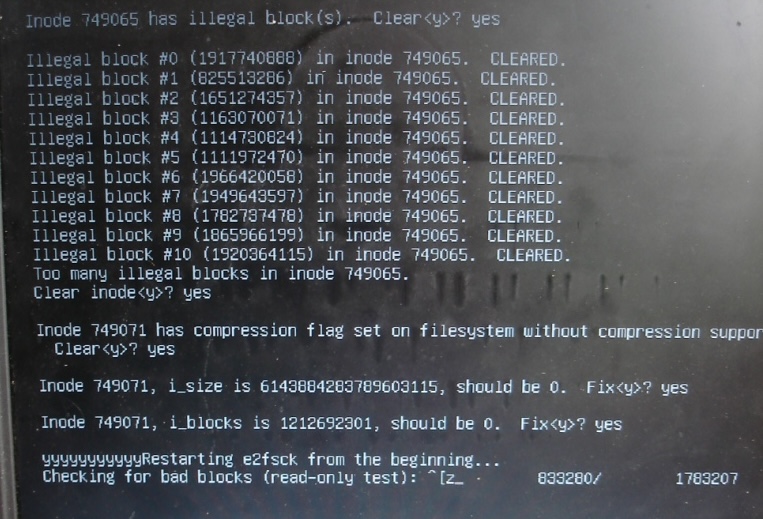Well, I’m basically all done upgrading to Version 3.0, I deserve a cake or something. Here’s the 411:
For the past few years I have been using Mambo, then Joomla, to manage the content on my site. It worked quite well, and was in PHP, so I could add or remove any code. Indeed, I’ve written a decent amount of PHP apps. In early 2004 I wrote a PHP platform to track adventures people had gone on, and networked people seeking to go on adventures with each other. I never marketed it, and mainly created it to learn PHP, but it was a CMS (Content Management System), and a little more. Late in 2004 I wrote another blog-esque platform for my second trip to Europe. It was pretty cool, I’ll admit: Casey and I each had a blog, and people could leave us “dares” and/or messages – and we could easily update our status. Overall, it worked great. You can also see the projects section of my site for some of the other things I’ve done in PHP.
Fast forward a few years, and here it is in early 2007. I’ve never really liked PHP all that much, but I couldn’t put my thumb on it. Deciding to switch to something else, I picked up and read the book, Beginning Python, from Novice to Professional. If anybody is looking for a well written book, I would highly recommend this one. Anyways, with my goal to drop PHP in mind, I held the debate of Django and TurboGears. I went through the demos for each, and felt like I really played around with them. Ultimately it came down to 1) Django has obvious crazy cool caching, 2) Django has pretty darn good documentation, and a freaking online book, and 3) the “powered by” sites are quite impressive – both the length of the list and the large amount of traffic some of these sites entertain.
So I went with Django. My friend in New Zealand, Ben Ford, has been ragging me for two months to get my ass in gear and learn it, saying I would love it. And he is right, the framework is simply beautiful. For the last week I’ve been reading through the documentation, going through the online book (both are incomplete, in my opinion, but compliment each other nicely). I think it is important to write your own code instead of just repeating examples, so my goal: transform my blog/site by using just Django.
So, while some of the kinks still need to be worked out, everything is no transfered over. I’ll mention my experiences shortly, but overall: I’m very impressed.

 . Amazon has, for quite some time now, opened up their information via REST and SOAP. I’ve been trying (virtually the entire day) to get SOAP to work, but seem to get snagged on a few issues. Stay tuned.
. Amazon has, for quite some time now, opened up their information via REST and SOAP. I’ve been trying (virtually the entire day) to get SOAP to work, but seem to get snagged on a few issues. Stay tuned.